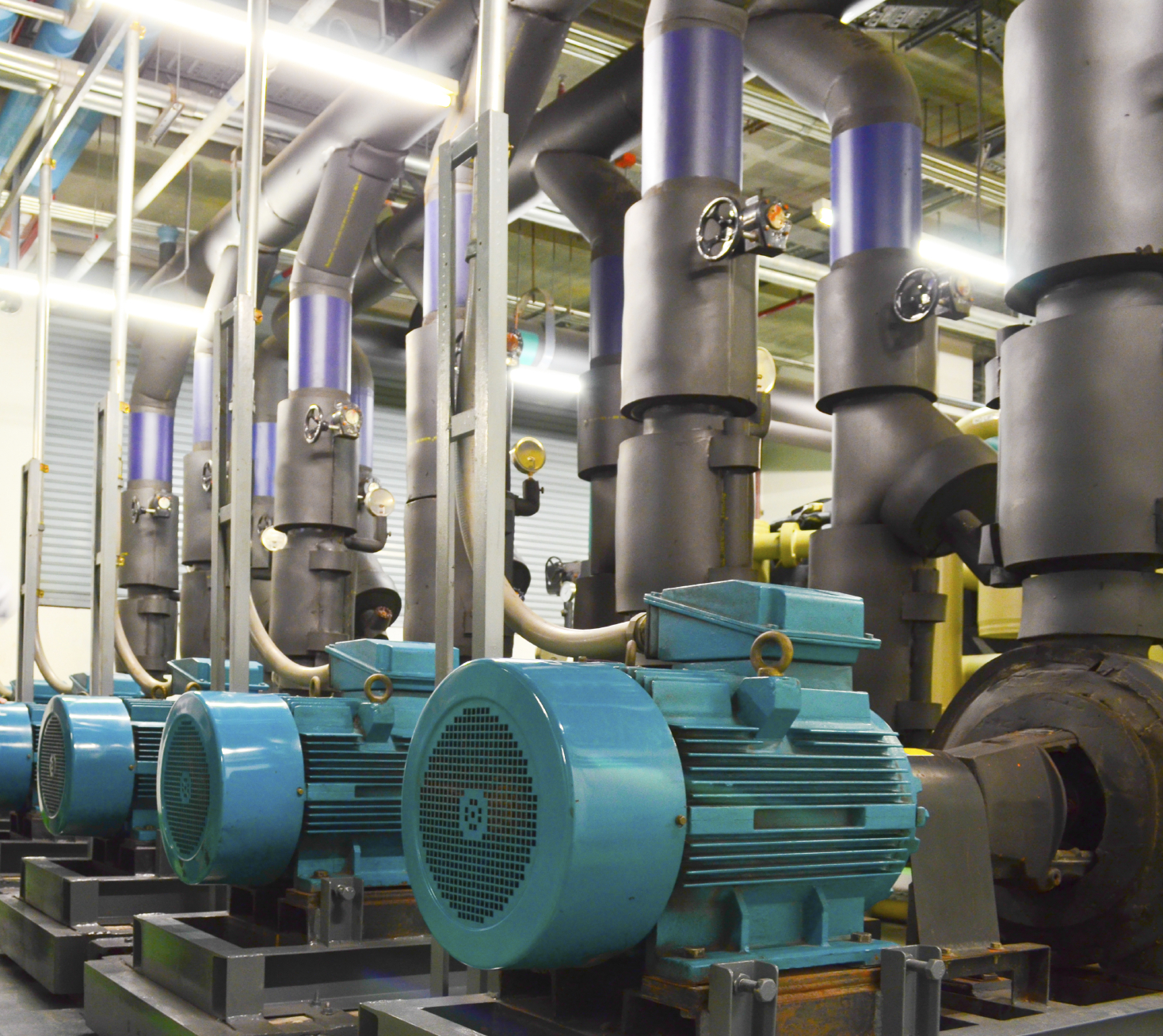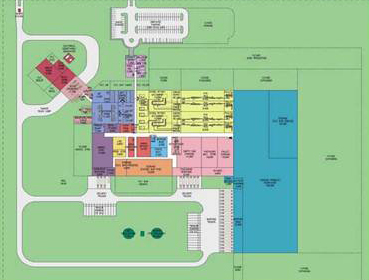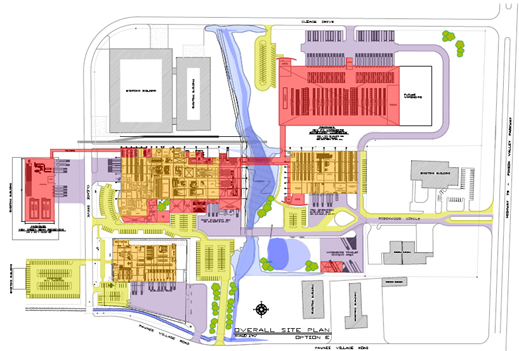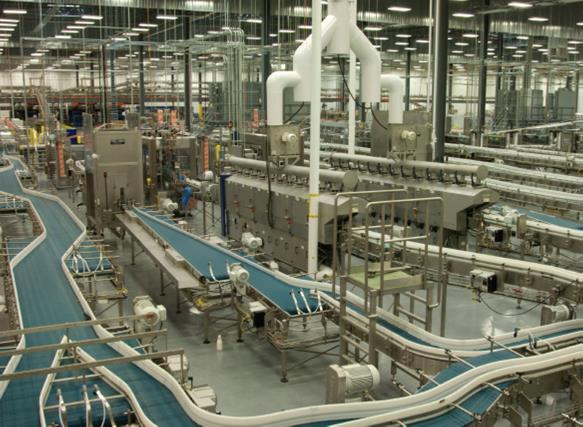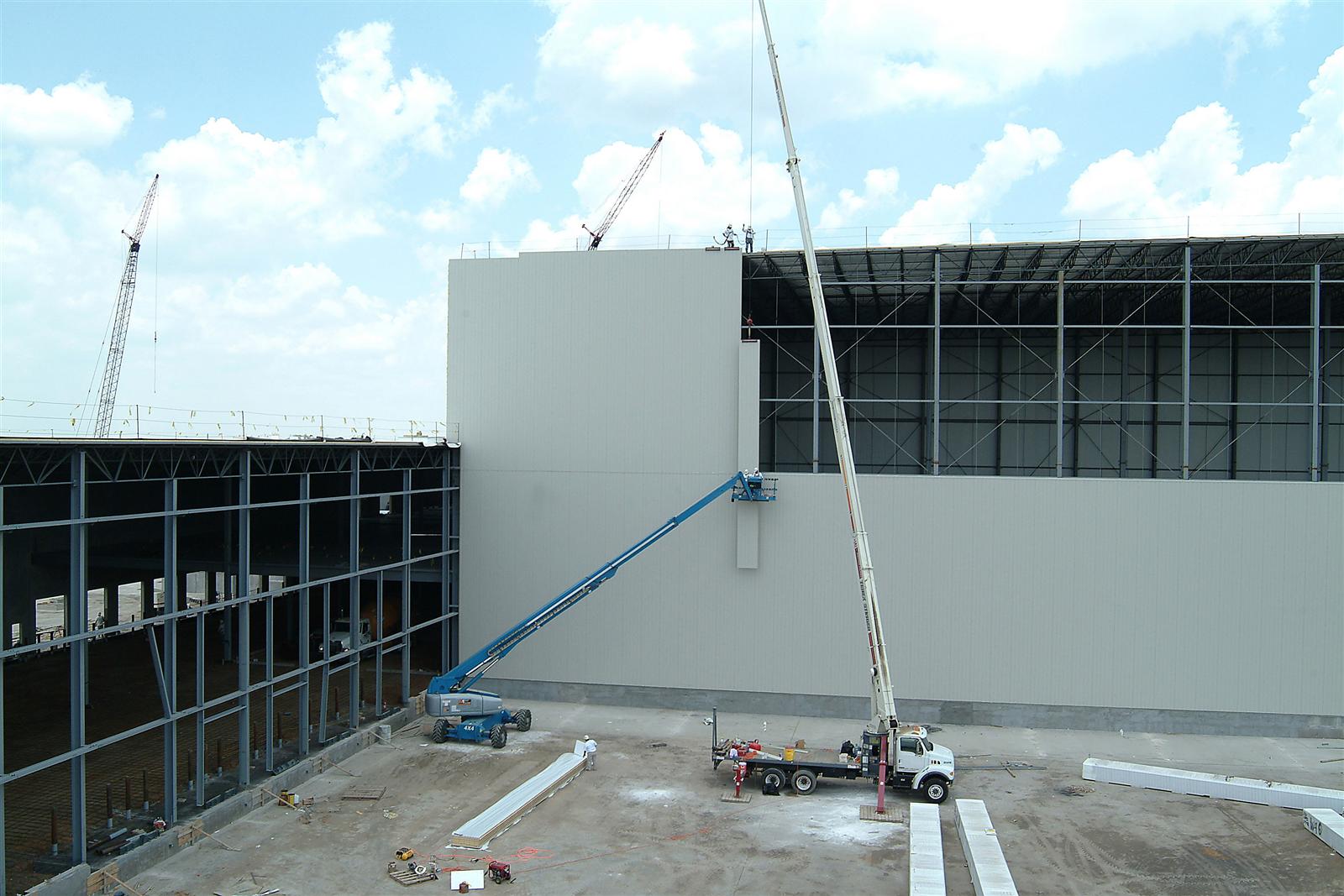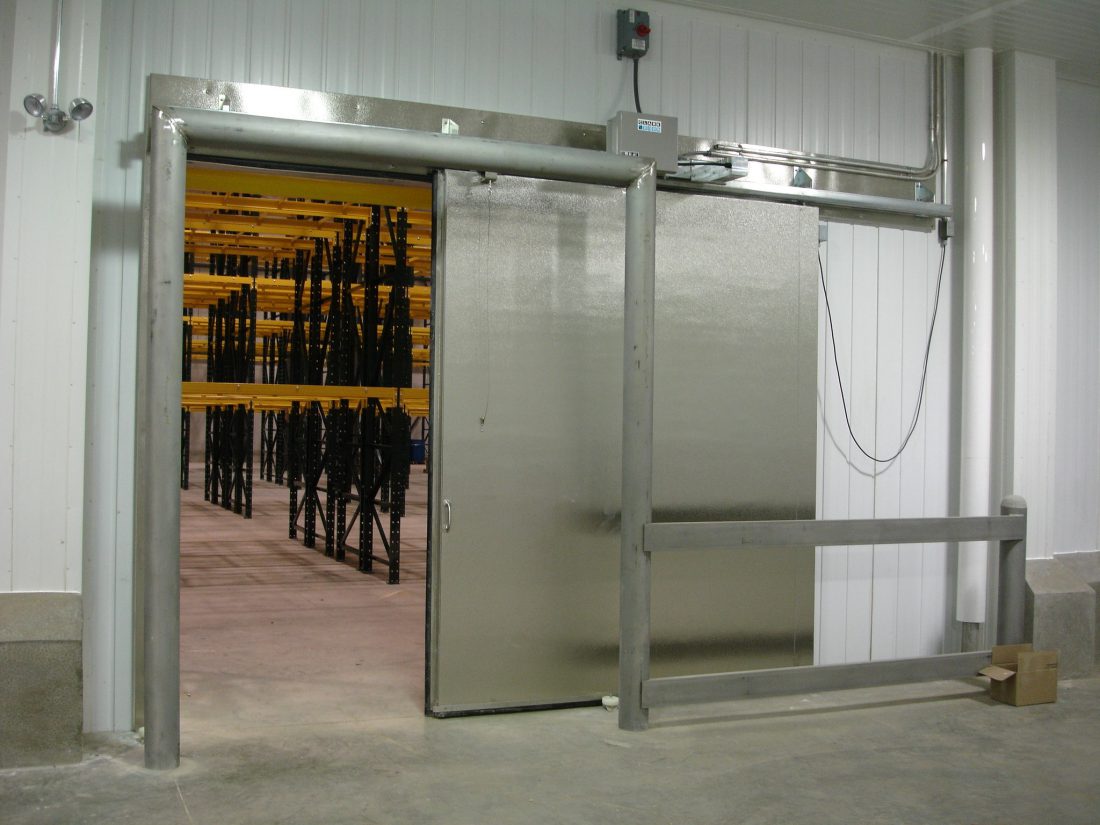The R-22 Used to Cool Your Plant is Being Phased Out. Now What?
Numerous substances used in industrial refrigeration are believed to be responsible for ozone depletion, especially a common low-temperature refrigerant – R-22. While R-22 is widely used in numerous food plants and cold storage facilities, an international treaty, the Montreal Protocol on Substances that Deplete the Ozone Layer, calls for a halt in the production of R-22 and other chemicals damaging to the atmosphere.
Continue Reading “The R-22 Used to Cool Your Plant is Being Phased Out. Now What?”



